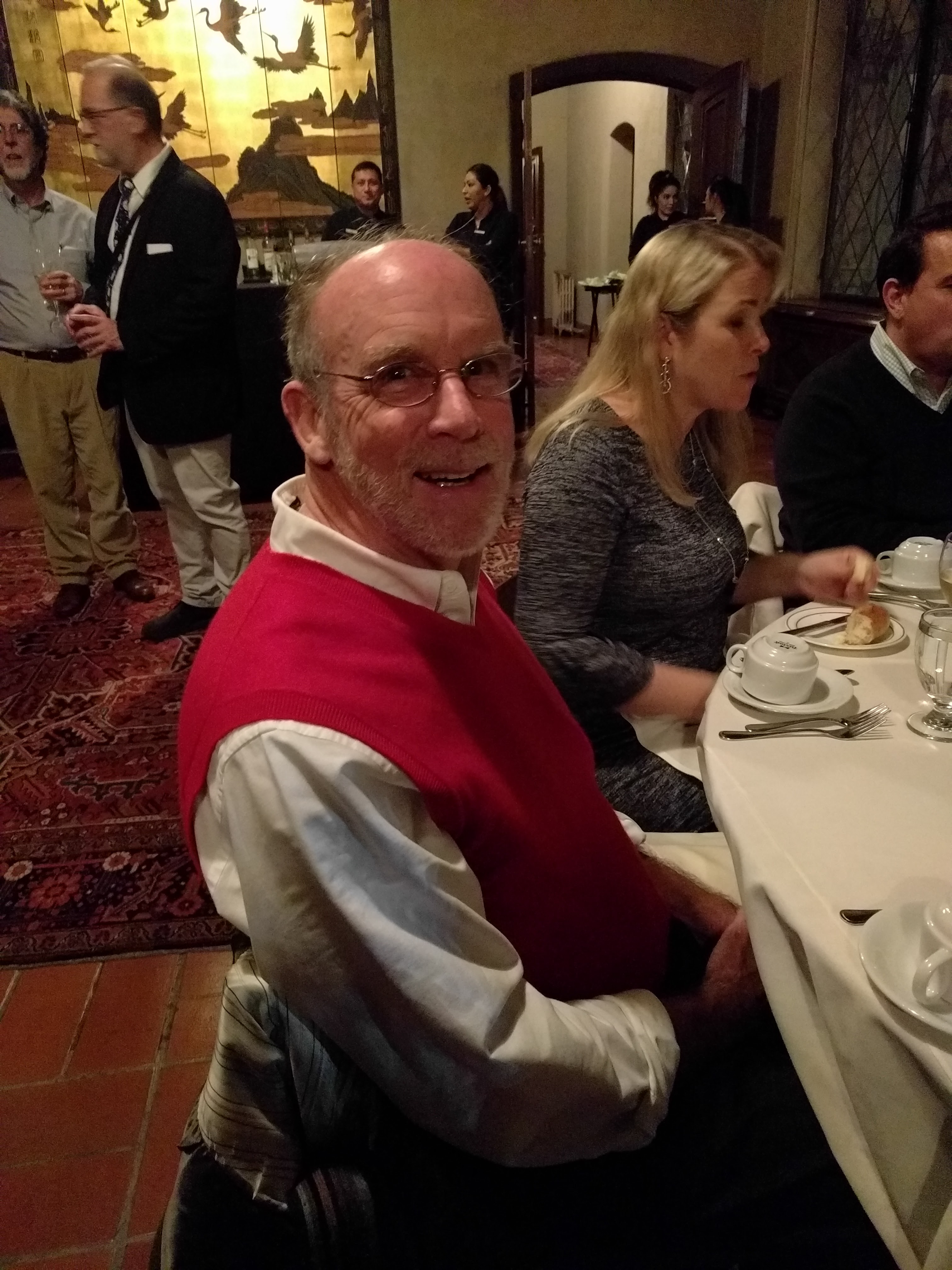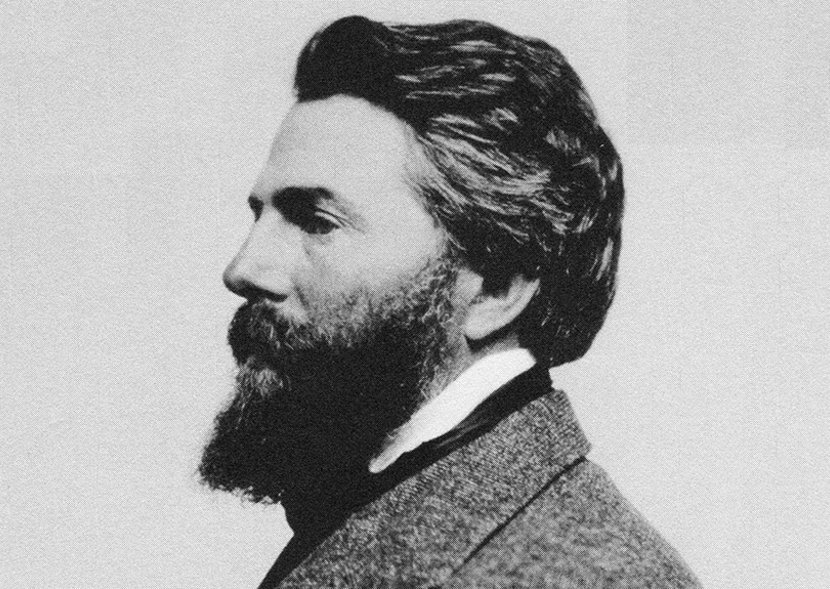
Moby-Dick is, undeniably, a classic American novel. But did you know that at the time of its publication it was considered a total flop? In fact, Melville’s prior novels (which some of you may never have even heard of) did much, much better in American critical literary society than Moby-Dick. Readers could not see past the complexity of the novel – they were expecting an adventure tale and what they got was “obscure literary symbolism.” I always find it humorous (though I am sure it wasn’t humorous to Melville) when a work that is today considered of the highest class was at the time frowned upon. The old Picasso problem, right? At least due to these instances we understand what genius looks like at the beginning, no?
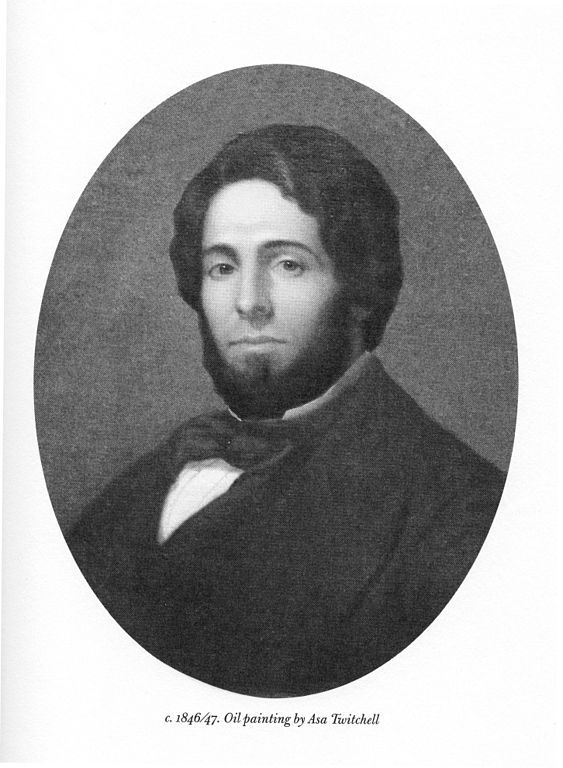 Herman Melvill (yes, that spelling is correct) was born in August of 1819 in New York City. He was the third of eight children born to a merchant and his wife. Though his parents have been described as loving and devoted, his father Allan’s money woes left much to be desired. Allan borrowed and spent well beyond his means, and after contracting what researchers imagine as pneumonia on a trip back to Albany from New York City, he abruptly passed away when Herman was merely 13 years old. Herman’s schooling ended as abruptly as his father’s life, and he was given a job as a clerk in the fur trade (his father’s business) by his uncle. Sometime around this time, Herman’s mother changed the spelling of their last name by adding an “e” to the end. History is still unsure as to why she would have done this – to sound more sophisticated, to hide from debt collectors… we may never know! But that simple “e” will live on forever, that is for sure.
Herman Melvill (yes, that spelling is correct) was born in August of 1819 in New York City. He was the third of eight children born to a merchant and his wife. Though his parents have been described as loving and devoted, his father Allan’s money woes left much to be desired. Allan borrowed and spent well beyond his means, and after contracting what researchers imagine as pneumonia on a trip back to Albany from New York City, he abruptly passed away when Herman was merely 13 years old. Herman’s schooling ended as abruptly as his father’s life, and he was given a job as a clerk in the fur trade (his father’s business) by his uncle. Sometime around this time, Herman’s mother changed the spelling of their last name by adding an “e” to the end. History is still unsure as to why she would have done this – to sound more sophisticated, to hide from debt collectors… we may never know! But that simple “e” will live on forever, that is for sure.
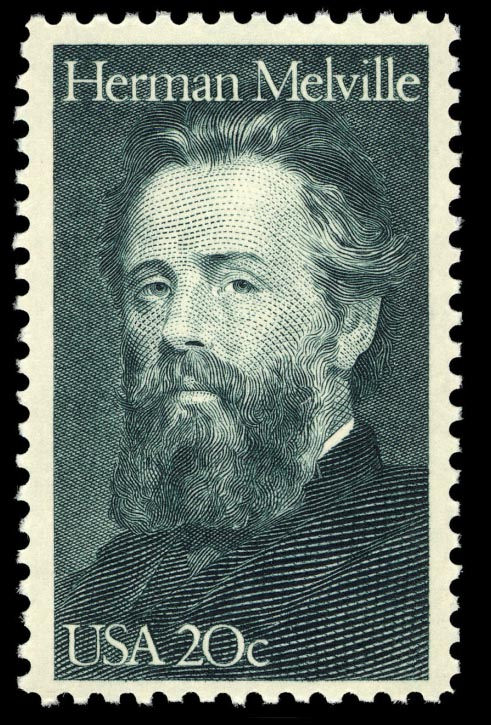 In May of 1831 Melville signed up as a “boy” (a newbie, for all intents and purposes) on a merchant ship called the St. Lawrence, and went from New York to Liverpool and back. That experience successful (and what with a longstanding obsession with the true story of the search for the white sperm whale called Mocha Dick), he decided to join the Acushnet for a whaling voyage in 1841. After a few months on board, Melville decided to jump ship with another deckhand in the Marquesas Islands after several reported disagreements with the captain of the ship. Expecting to come across cannibalistic natives, Melville was (unsurprisingly) pleased to find out that the natives were accommodating and friendly – a fact which he would later address in his 1845 novel Typee – semi-autobiographical in nature as it was based on his stay in the islands. Melville then experienced island and country hopping to an extreme degree, after boarding a boat from the Marquesas to Australia then continuing on whaling and merchant vessels visiting Tahiti, Oahu, Rio de Janeiro and Lima, Peru – among others. Eventually, Melville ended up back in Boston, Massachusetts.
In May of 1831 Melville signed up as a “boy” (a newbie, for all intents and purposes) on a merchant ship called the St. Lawrence, and went from New York to Liverpool and back. That experience successful (and what with a longstanding obsession with the true story of the search for the white sperm whale called Mocha Dick), he decided to join the Acushnet for a whaling voyage in 1841. After a few months on board, Melville decided to jump ship with another deckhand in the Marquesas Islands after several reported disagreements with the captain of the ship. Expecting to come across cannibalistic natives, Melville was (unsurprisingly) pleased to find out that the natives were accommodating and friendly – a fact which he would later address in his 1845 novel Typee – semi-autobiographical in nature as it was based on his stay in the islands. Melville then experienced island and country hopping to an extreme degree, after boarding a boat from the Marquesas to Australia then continuing on whaling and merchant vessels visiting Tahiti, Oahu, Rio de Janeiro and Lima, Peru – among others. Eventually, Melville ended up back in Boston, Massachusetts.
Between the years 1845 and 1850, Melville experienced substantial success as a writer. His first novel Typee performed well in both public and critical arenas, and its sequel Omoo (also based on his time in the islands) performed almost equally as well. During these years Melville won the hand of Elizabeth Shaw in marriage, which throughout the years would give him four children – two sons and two daughters (though only the daughters would live to adulthood). Melville followed Omoo with novels Redburn and White-Jacket – both successful enough in their own right to afford Melville the opportunity to buy his beloved home Arrowhead in Pittsfield, Massachusetts, which was an inspirational setting for his writing. It was here that he wrote Moby-Dick, or The Whale – which started as a simpler story on a fictional whaling event and eventually (with the aid of Melville’s friend Nathaniel Hawthorne, who had recently enjoyed success with his novel The Scarlet Letter) turned into the allegorical novel it came to be. As a matter of fact, Melville dedicated what is now considered his most enduring work but became the flop that threatened to break his bank account to this friend and colleague.
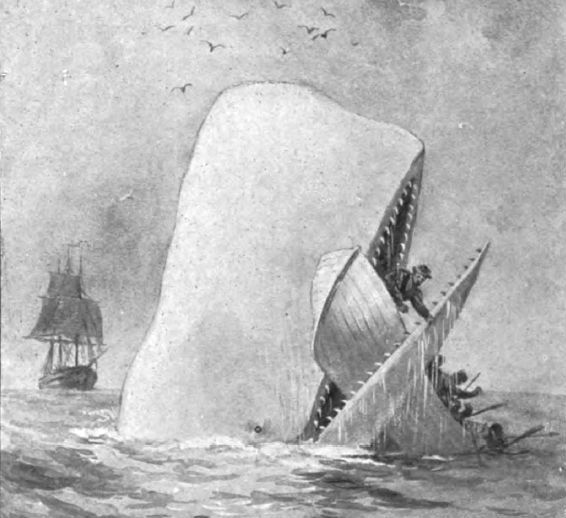
After the unfortunate reception of Moby-Dick – it seemed a bit too far-fetched in style and meaning for its audience – Melville was forced to sell his home in Pittsfield to his brother and move his family back to New York City, where he took up work as a district inspector for the U.S. Customs Service. Though his writing took much of a backseat at this time (roughly 1857 to the late 1870s), Melville continued to write poetry throughout his lifetime, up until his death from cardiac arrest on September 28th, 1891, when he was 72 years old. His last work Billy Budd he had stopped working on in 1888, but was found accidentally and published posthumously in 1891 – and today holds great esteem as yet another wonderful work by a misunderstood great American novelist. Today, 127 years to the day of Melville’s death, we are glad to have a chance to study and appreciate his work today. And if you haven’t yet read Typee – we greatly recommend it!





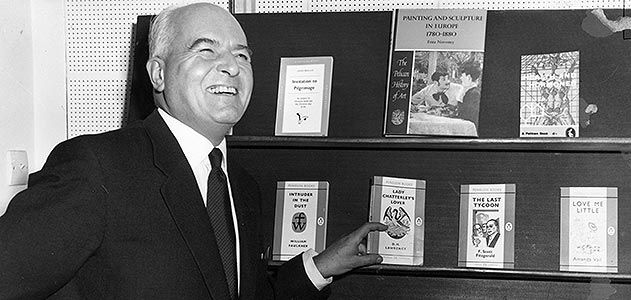
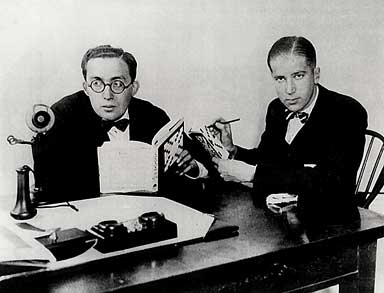
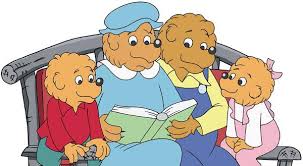
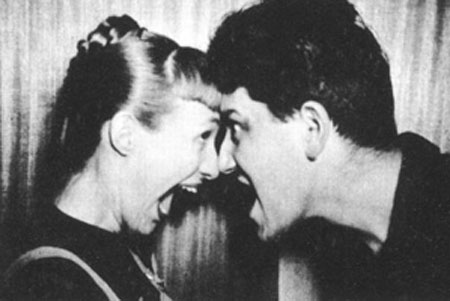 In 1941, Janice Grant and Stanley Berenstain met on their first day at the Philadelphia Museum School of Industrial Art and became close very quickly. At the onset of World War II, they took up different war effort posts (as a medical illustrator and riveter), but were eventually reunited and married in 1946. They found work as art teachers, then eventually became co-illustrators, publishing works like the Berenstain’s Baby Book in 1951 followed by many more (including, but not limited to Marital Blitz, How To Teach Your Children About Sex Without Making A Complete Fool of Yourself and Have A Baby, My Wife Just Had A Cigar). In the early 1960s the Berentain’s first “Berenstain Bears” book made it to a very important colleague and publisher – Theodore Geisel – or, as some of you may remember from our somewhat recent blog, Dr. Seuss!
In 1941, Janice Grant and Stanley Berenstain met on their first day at the Philadelphia Museum School of Industrial Art and became close very quickly. At the onset of World War II, they took up different war effort posts (as a medical illustrator and riveter), but were eventually reunited and married in 1946. They found work as art teachers, then eventually became co-illustrators, publishing works like the Berenstain’s Baby Book in 1951 followed by many more (including, but not limited to Marital Blitz, How To Teach Your Children About Sex Without Making A Complete Fool of Yourself and Have A Baby, My Wife Just Had A Cigar). In the early 1960s the Berentain’s first “Berenstain Bears” book made it to a very important colleague and publisher – Theodore Geisel – or, as some of you may remember from our somewhat recent blog, Dr. Seuss!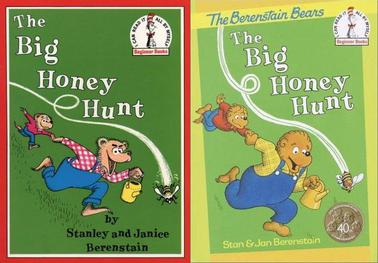 Geisel traded ideas with the Berenstains for over a year – until he finally felt like they had a marketable product for the American public. In 1962, The Big Honey Hunt hit shelves across the USA. The Berenstains were working on their next book – featuring penguins – when Geisel got in touch to say another bear book was needed by demand, as The Big Honey Hunt was selling so undeniably well. Two years later The Bike Lesson came out… which began a waterfall of publications… at least one a year since then, but typically more than a few. A record 25 Berenstain Bears books were published in 1993 alone! Six titles have already been published in 2018. The immediate success of the Berenstain Bears lead to a situation not unlike the popular Hardy Boys series or Nancy Drew’s popularity – only for a younger age range and with a somewhat different tone. Not to mention all written and illustrated by the same authors, at least until Mike Berenstain took over the franchise in 2002. Jan and Stan were quite a busy pair for a number of years!
Geisel traded ideas with the Berenstains for over a year – until he finally felt like they had a marketable product for the American public. In 1962, The Big Honey Hunt hit shelves across the USA. The Berenstains were working on their next book – featuring penguins – when Geisel got in touch to say another bear book was needed by demand, as The Big Honey Hunt was selling so undeniably well. Two years later The Bike Lesson came out… which began a waterfall of publications… at least one a year since then, but typically more than a few. A record 25 Berenstain Bears books were published in 1993 alone! Six titles have already been published in 2018. The immediate success of the Berenstain Bears lead to a situation not unlike the popular Hardy Boys series or Nancy Drew’s popularity – only for a younger age range and with a somewhat different tone. Not to mention all written and illustrated by the same authors, at least until Mike Berenstain took over the franchise in 2002. Jan and Stan were quite a busy pair for a number of years!

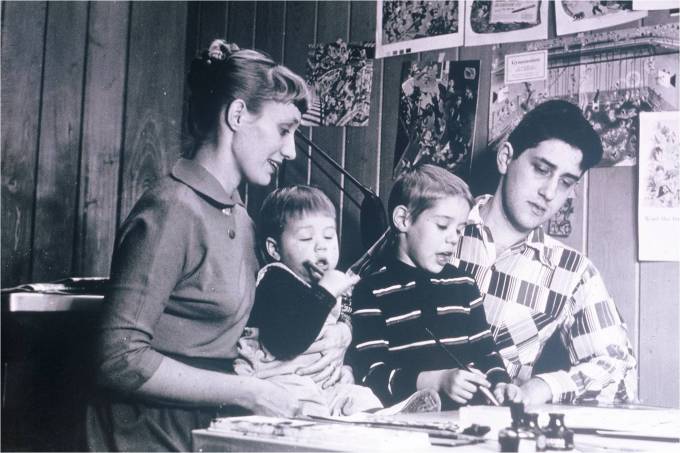
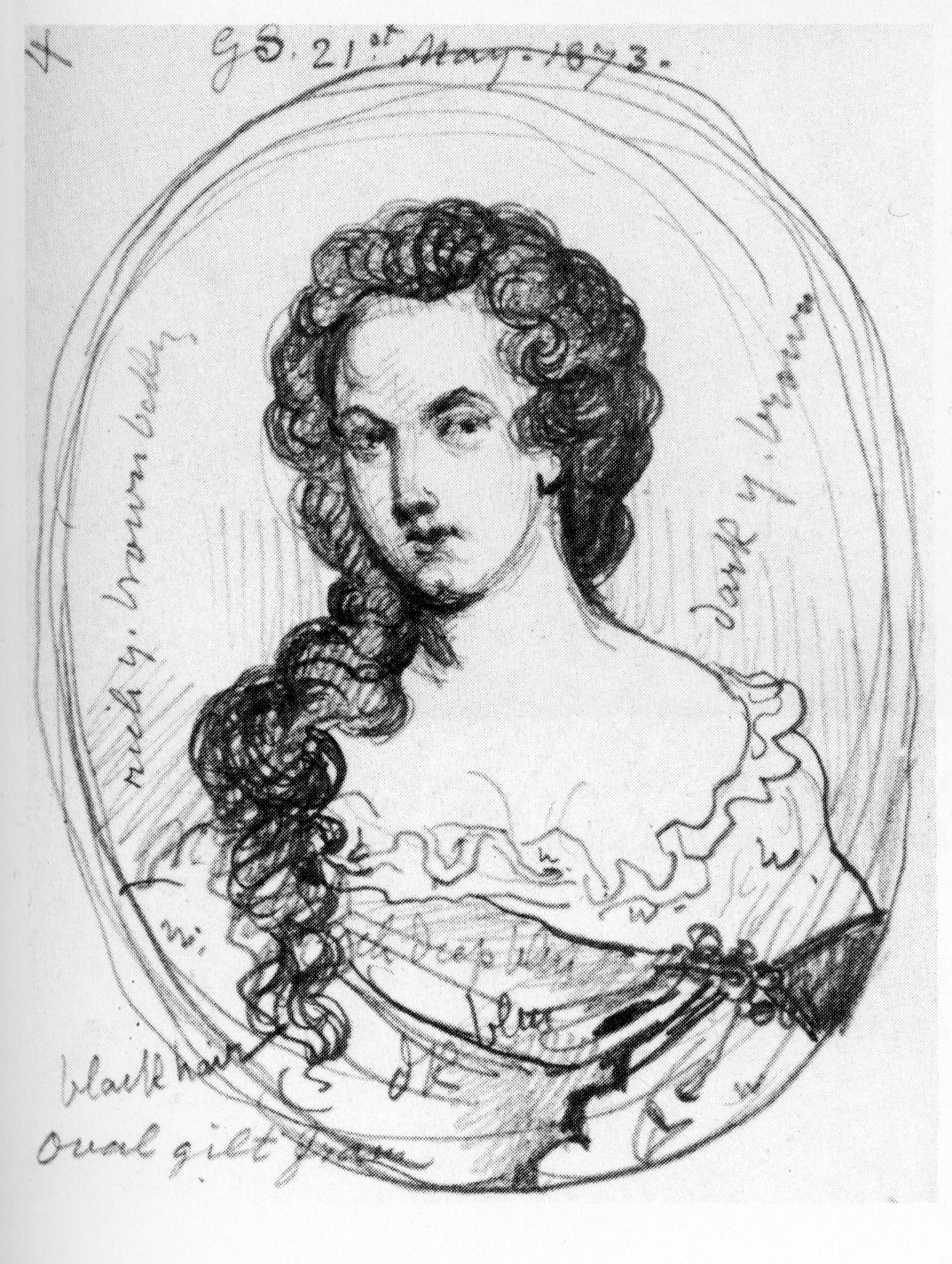
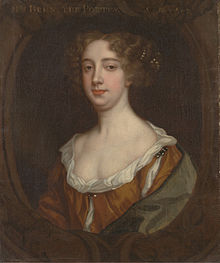 As a stout Stuart supporter, Behn became attached to the royal court after King Charles II came back into power in 1660. Now we get into the exciting (and more traceable) details of this woman’s life – in 1666 her connections to the crown landed her a job as a spy during the Second Anglo-Dutch War and she arrived in the Netherlands in July of that year. However, her time there did not pan out as planned, as Charles II was extremely neglectful of payments – and Behn was forced to return to England after having to pawn some of her jewelry in order to live abroad. After her return to England, she began working as a playwright (though reportedly had written poetry prior to this job) for the King’s and Duke’s Companies in London. Her work as a scribe was popular, and her plays began to be seen on the stage in 1670
As a stout Stuart supporter, Behn became attached to the royal court after King Charles II came back into power in 1660. Now we get into the exciting (and more traceable) details of this woman’s life – in 1666 her connections to the crown landed her a job as a spy during the Second Anglo-Dutch War and she arrived in the Netherlands in July of that year. However, her time there did not pan out as planned, as Charles II was extremely neglectful of payments – and Behn was forced to return to England after having to pawn some of her jewelry in order to live abroad. After her return to England, she began working as a playwright (though reportedly had written poetry prior to this job) for the King’s and Duke’s Companies in London. Her work as a scribe was popular, and her plays began to be seen on the stage in 1670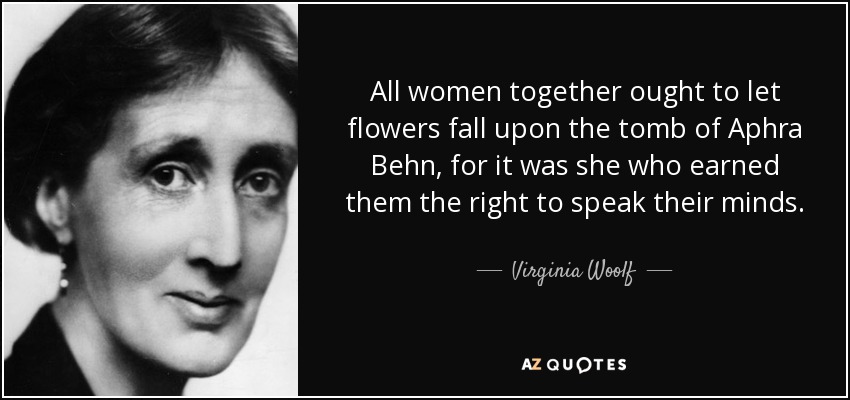
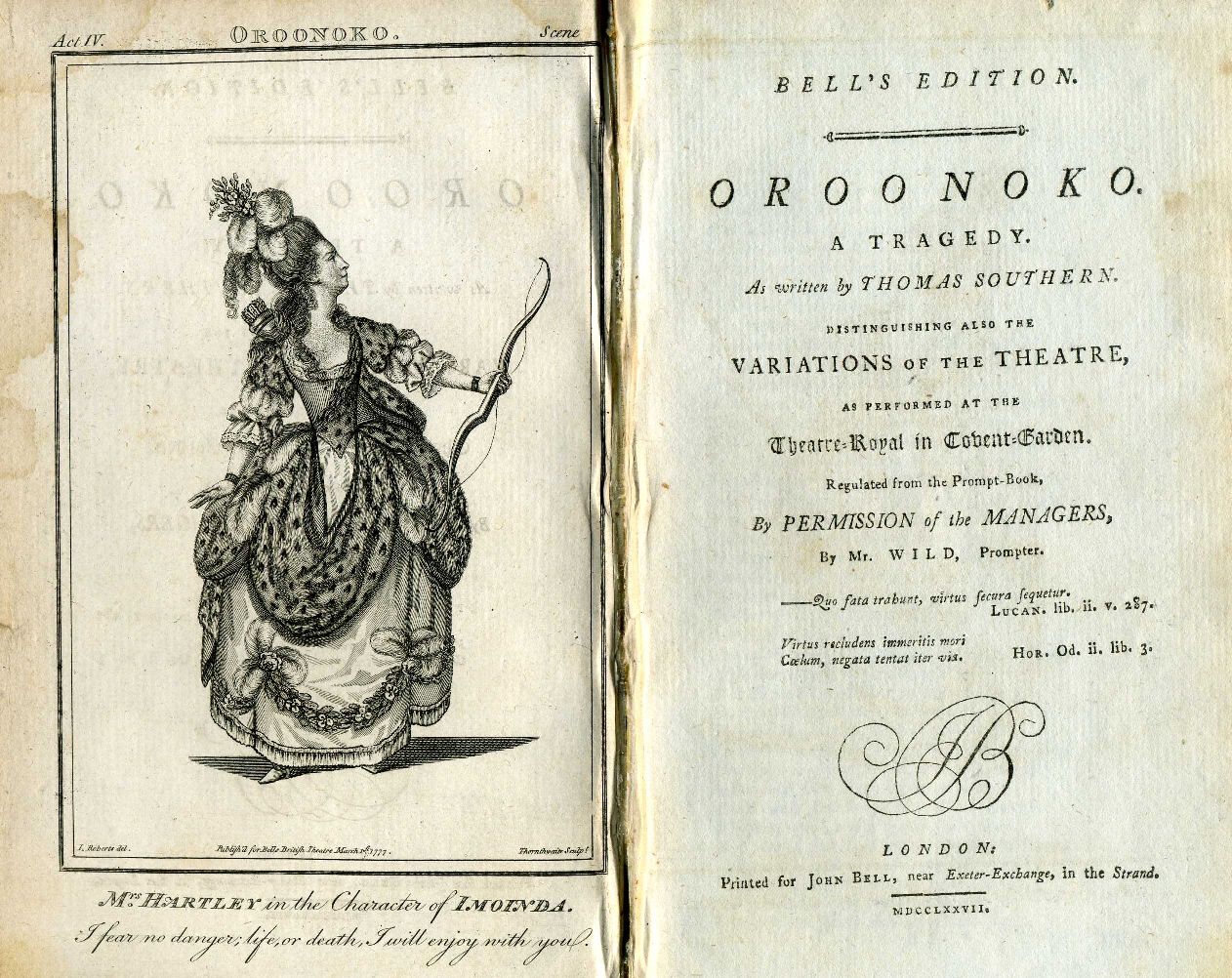 Publishing her famous novel Oroonoko just a year before her death in 1688, Behn truly wrote until her health completely deteriorated. Though she died at age 48 in relative poverty, Behn was buried in Westminster Abbey under her tombstone which reads, “Here lies a Proof that Wit can never be Defence enough against Mortality.” (Hilarious even in death…) Happy Birthday to this early feminist!
Publishing her famous novel Oroonoko just a year before her death in 1688, Behn truly wrote until her health completely deteriorated. Though she died at age 48 in relative poverty, Behn was buried in Westminster Abbey under her tombstone which reads, “Here lies a Proof that Wit can never be Defence enough against Mortality.” (Hilarious even in death…) Happy Birthday to this early feminist!

 RBS provides you with the ultimate learning environment. The faculty is a who’s who of rare book experts, who unselfishly divulge their secrets, meant to be shared further with others. Students are free to select their favorite course(s) only, but once you experience this wonderful place, you will want to return soon and often. There is no competition, no cramming, no grades. This is learning at its best. Hint: get to know your peers; they will be delightful and VERY helpful to you. The RBS staff made hard work look easy; everything ran without a hitch. People enjoyed their chosen course, each a shortcut to expertise garnered over a lifetime. Casual, well-attended get-togethers formed naturally during breaks; people were very happy to be there. It felt like a week-long vacation from reality.
RBS provides you with the ultimate learning environment. The faculty is a who’s who of rare book experts, who unselfishly divulge their secrets, meant to be shared further with others. Students are free to select their favorite course(s) only, but once you experience this wonderful place, you will want to return soon and often. There is no competition, no cramming, no grades. This is learning at its best. Hint: get to know your peers; they will be delightful and VERY helpful to you. The RBS staff made hard work look easy; everything ran without a hitch. People enjoyed their chosen course, each a shortcut to expertise garnered over a lifetime. Casual, well-attended get-togethers formed naturally during breaks; people were very happy to be there. It felt like a week-long vacation from reality.



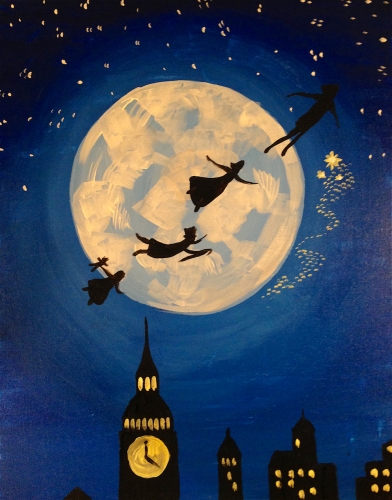
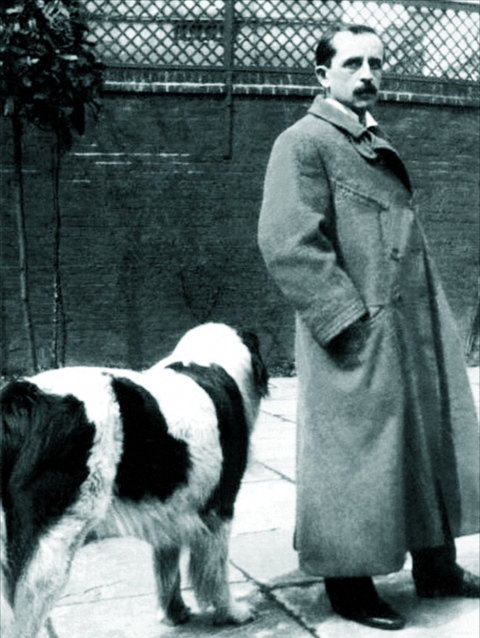 Barrie wrote several successful plays (and a couple flukes), but his third script brought him into contact with a young actress of the day – Mary Ansell – who would later, in 1894, become Barrie’s wife. For their union Barrie gifted Mary a St. Bernard puppy – who would become the inspiration for “Nana” in later years. They settled in London but kept a country home in Farnham, Surrey. In 1897 Barrie became acquainted with a nearby family – the Llewelyn Davies family.
Barrie wrote several successful plays (and a couple flukes), but his third script brought him into contact with a young actress of the day – Mary Ansell – who would later, in 1894, become Barrie’s wife. For their union Barrie gifted Mary a St. Bernard puppy – who would become the inspiration for “Nana” in later years. They settled in London but kept a country home in Farnham, Surrey. In 1897 Barrie became acquainted with a nearby family – the Llewelyn Davies family.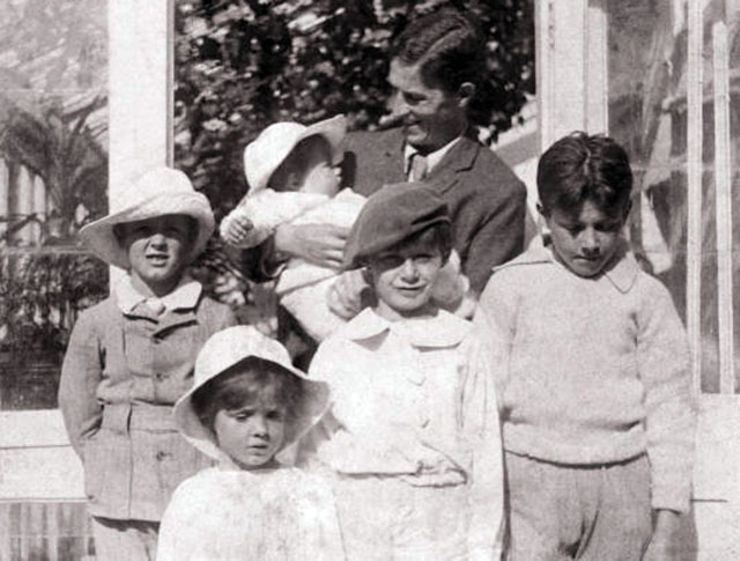 Inspired largely by the stories he told to the Llewelyn Davies family, Barrie began to formulate a story of a boy who wouldn’t grow up, who flew around and had adventures. Not unlike Charles Dodgson’s Alice a century before, Barrie began to write his story into a play and once debuted in 1904, the play Peter Pan; or the Boy Who Wouldn’t Grow Up was an immediate success. George Bernard Shaw said of the performance, “ostensibly a holiday entertainment for children, but really a play for grown-up people” – a wonderful description of the meanings and metaphors found in Peter Pan. Though children may see the adventure story on the outside, the adults in the audience could see what was really at play (pun intended) – Barrie’s social commentary on the adult’s fear of time and growing old and losing their childish innocence and fun, to name just a few.
Inspired largely by the stories he told to the Llewelyn Davies family, Barrie began to formulate a story of a boy who wouldn’t grow up, who flew around and had adventures. Not unlike Charles Dodgson’s Alice a century before, Barrie began to write his story into a play and once debuted in 1904, the play Peter Pan; or the Boy Who Wouldn’t Grow Up was an immediate success. George Bernard Shaw said of the performance, “ostensibly a holiday entertainment for children, but really a play for grown-up people” – a wonderful description of the meanings and metaphors found in Peter Pan. Though children may see the adventure story on the outside, the adults in the audience could see what was really at play (pun intended) – Barrie’s social commentary on the adult’s fear of time and growing old and losing their childish innocence and fun, to name just a few.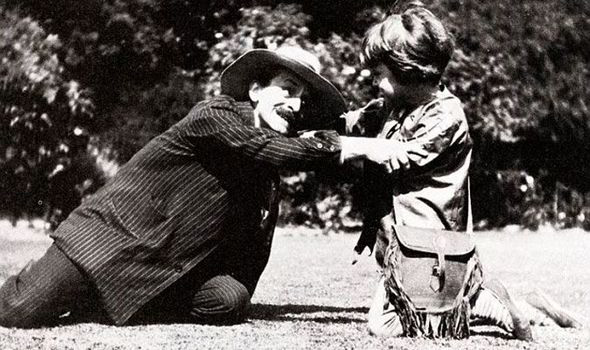
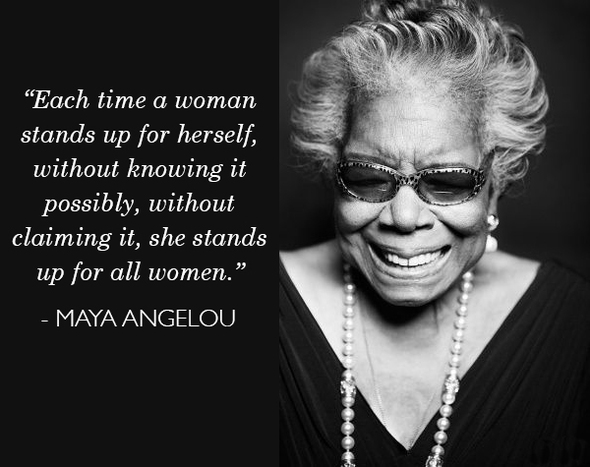


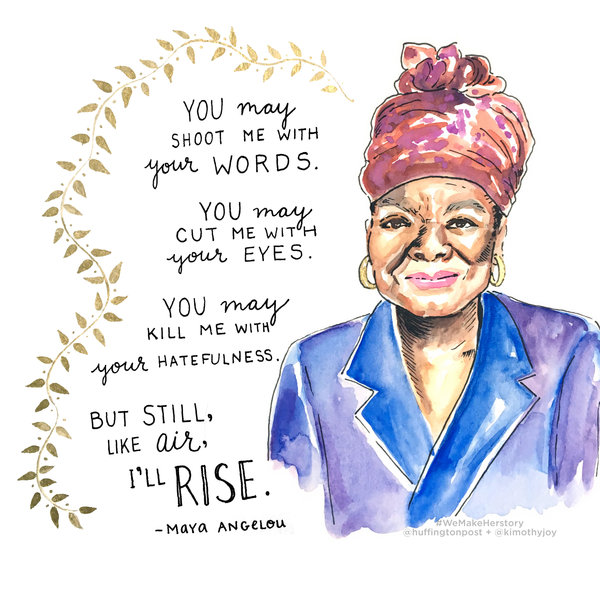


 This particular fair was also memorable for another reason… it was the first ever for my new assistant, Samm Fricke. Samm came on board last Wednesday. Yes, you read that right, she’d only been in my employ for 2 days before I whisked her off to help me man the Tavistock Books’ booth. She did great! And the good ship Tavistock…? The buying was great*; sales, not so much. But that said, unless someone buys out your booth, there’s always room for improvement, isn’t there?
This particular fair was also memorable for another reason… it was the first ever for my new assistant, Samm Fricke. Samm came on board last Wednesday. Yes, you read that right, she’d only been in my employ for 2 days before I whisked her off to help me man the Tavistock Books’ booth. She did great! And the good ship Tavistock…? The buying was great*; sales, not so much. But that said, unless someone buys out your booth, there’s always room for improvement, isn’t there?
 * watch for our New Acquisitions list… lots of interesting material will be coming your way!
* watch for our New Acquisitions list… lots of interesting material will be coming your way!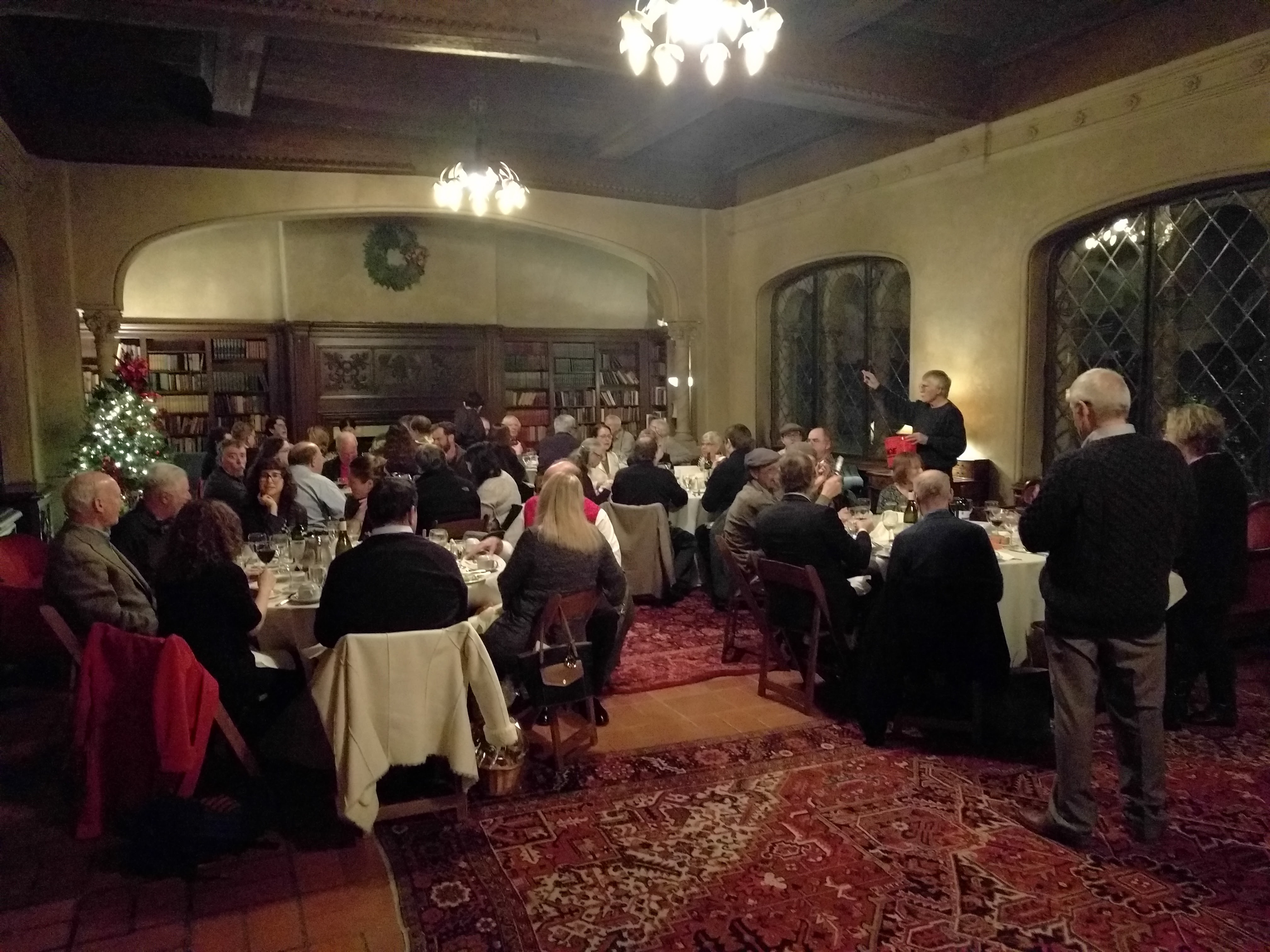
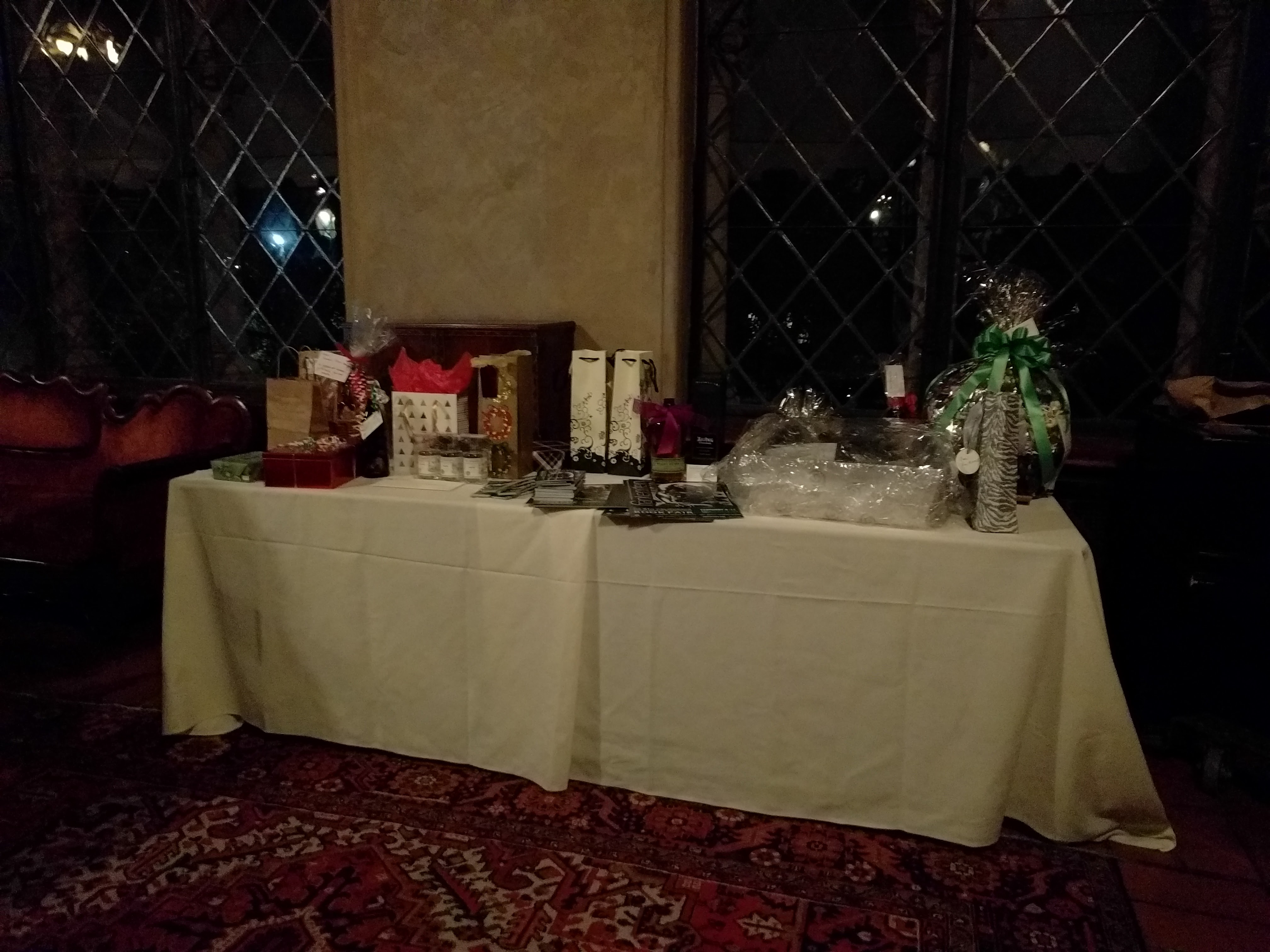 This year the bar, being held in the same large room as the dinner, seemed to be a bit more of an intimate affair (which I rather enjoyed). The large table of donations for the Elizabeth Woodburn / ABAA Benevolent Fund raffle was overflowing – as usual with impressive selections of beverages, but with also some fun gift baskets and chocolates, 2018 SF Giants baseball tickets, etc., etc!
This year the bar, being held in the same large room as the dinner, seemed to be a bit more of an intimate affair (which I rather enjoyed). The large table of donations for the Elizabeth Woodburn / ABAA Benevolent Fund raffle was overflowing – as usual with impressive selections of beverages, but with also some fun gift baskets and chocolates, 2018 SF Giants baseball tickets, etc., etc!